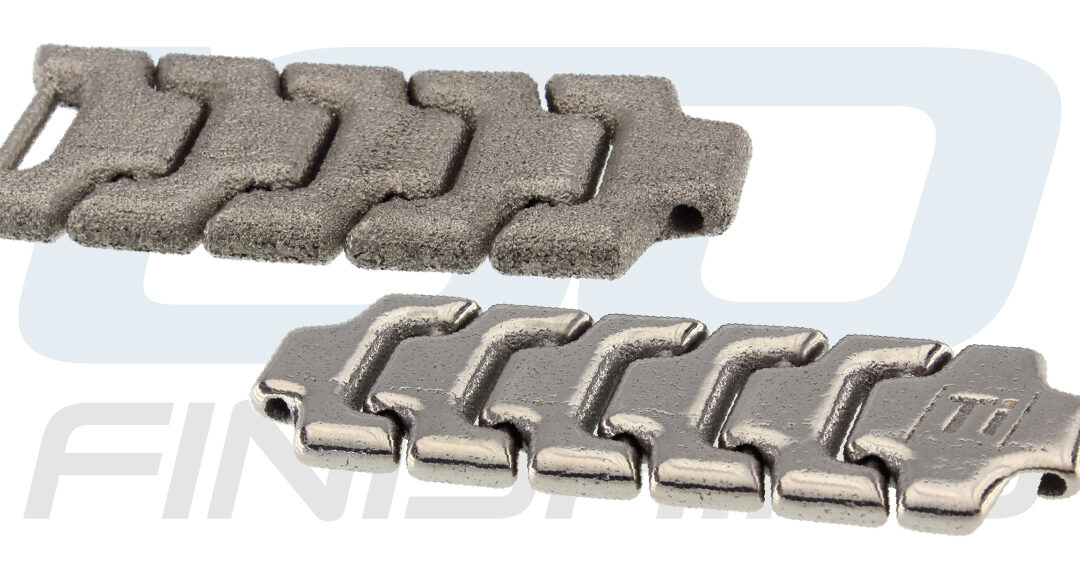Additive manufacturing is an innovative manufacturing process that creates 3D printed objects. As the name suggests, material is only added when and where it is necessary. Parts are created using computer-aided-design (CAD) software or 3D object scanners to deposit material one layer at a time in precise geometric shapes.
Additive manufacturing can be done using various materials, with the three most widely utilized being polymers, ceramics, and metals. While 3D printing and additive manufacturing are synonymous, there are several different types, including:
- Powder Bed Fusion
- Binder Jetting
- Sheet Lamination
- Directed Energy Deposition
- Material Extrusion
- Material Jetting
- Vat Photopolymerization
Quickly and efficiently producing parts using a repeated process like 3D printing offers a timely and cost-effective approach to manufacturing. Its speed and low cost are ideal for producing low-volume, high-complexity, and ever-changing parts. The simplicity of the process makes the development of complex parts easier, cheaper, and more precise.
Applications of Additive Manufacturing
Additive manufacturing serves a wide range of applications. Recognizing the many benefits of 3D printed parts, researchers have continued to find ways to utilize the process to create solutions across countless fields. Many industries appreciate the advantages additive manufacturing offers.
The medical industry relies on additive manufacturing to create custom ankle replacements and other orthopedic parts. Likewise, the military and defense sectors have added 3D printing technology to print critical and replacement parts while in the field or at maintenance depots. Additive manufacturing can also streamline various processes, such as tool fabrication, research and development, and other rapid prototyping.
Surface Finishing for Additive Manufacturing
Surface finishing is an excellent complement to the additive manufacturing process and is necessary for additive manufactured products requiring a smooth surface and precise edges. The type of service finishing and polishing media used will depend greatly on the material, shape, and size of the 3D printed part. In many cases, additive manufactured parts will undergo one of two processes: vibratory finishing or centrifugal barrel finishing. Either process can be done wet or dry with abrasive media composed of plastic, ceramic, or organic material. The benefits of surface finishing for 3D printed components include enhanced surface quality, geometrical accuracy, and improved performance.
Enhanced Surface Quality and Geometrical Accuracy
One of the biggest disadvantages of 3D printing is surface imperfections resulting from the process. During the production process, artifacts or burrs may appear on the surface of the part. Surface finishing removes artifacts and smoothes uneven surfaces to create a more aesthetically pleasing part and prepares the surface for any coatings it may receive.
Improved Part Performance
The application of 3D printed parts is very diverse and it is essential parts are high quality and perform exceptionally well. Surface finishing improves the performance of additive manufactured parts and components, resulting in more durable and longer-lasting parts. In addition to making parts stronger, surface finishing increases resistance to wear, corrosion, heat, and other elements known to cause parts to fail.
ISO Finishing provides a range of finishing services for 3D printed parts and components, including vibratory and centrifugal barrel finishing. Our proven process makes us the ideal partner for additive manufacturers in a wide range of industries. For more information about the services ISO Finishing offers or request free sample processing, contact our team at 1-800-623-7798.


